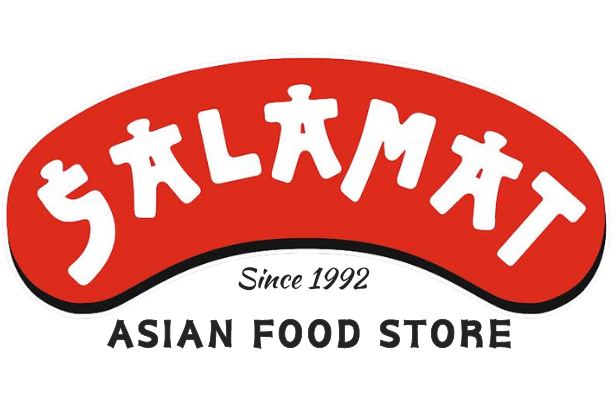Konjac or Shirataki Noodles, a low calorie alternative!

If you follow a vegan, gluten-free, keto lifestyle or you just try to keep your carb count low, you'll probably run across konjac in your quest for low-carb products.
What is konjac?
The konjac plant’s stem grows up to six feet tall and branches out into large leaves and flowers; however, the part that producers harvest is the starchy root base, sometimes incorrectly called a corm. The underground tuber is the edible portion of the plant. Konjac products are not a rich source of vitamins or minerals, but they are low in carbohydrates and high in a dietary fiber known as glucomannan.
Glucomannan has been used in traditional Chinese medicine for over 2,000 years to treat asthma, blood diseases, skin conditions, and may be of some benefit when it comes to managing things like diabetes, constipation, and obesity.
This fiber type is called viscous dietary fiber. Viscous dietary fibers keep you feeling full for longer by absorbing liquid and bulking up in your digestive tract. It forms a gel that stays in your stomach for a longer time, which is why you feel full for longer. This fiber is found in plants such as beans, asparagus, oats, collard greens, sweet potatoes and apricots. Konjac also decreases the amount of sugar absorbed by the intestines. This is important for keeping blood sugar low and maintaining healthy insulin levels.
How to use konjac
Konjac root powder and flour are sometimes used to make food products. In powder form, konjac is used to thicken soups and sauces the way you might use cornstarch. Another example you may be familiar with is konjac or shirataki noodles, which are considered low-carb and keto-friendly. Some people opt for these noodles instead of wheat-based ones to reduce their caloric intake and feel full longer.
Shirataki noodles have a gelatinous texture and are commonly used in Japanese cooking. The noodles and rice are marketed as low-carb (or no-carb) because their carb content is so low that the net carbs for a serving are zero. The theory is that those few carbs are fiber-rich and pass through your body without being absorbed.
As shirataki noodles have no nutrients, use small amounts and mix them with other ingredients like vegetables, meat, sauce and/or cheese. Adding spices, herbs, garlic, ginger and other ingredients will infuse them with fantastic flavour and make them taste truly delicious!
How to Cook Shirataki Noodles
Shirataki noodles are usually sold in packages of liquid, and these are ready to eat right out of the package, although it's a good idea to drain them and rinse them first, as the liquid they're packed in can impart an odd flavor. Some cooks like to boil them for 2 to 3 minutes to soften them and make them less rubbery. You can also microwave them for a minute or so.
For the perfect shirataki noodles, rice or penne, follow the simple steps below:
- Rinse the shirataki noodles well.
- Fill a saucepan with water, bring to a boil and cook the noodles for about 2-3 minutes. Adding a dash of vinegar helps!
- Drain the noodles, place in a hot dry pan and cook on high for about 10 minutes.
- Use in stir-fries, cook in sauces or gravies, bake with cheese, an don't forget about flavour by using herbs and spices. Cooking shirataki directly in sauces makes the flavours penetrate so you have flavorful keto pasta dish.
Precautions
Due to glucomannan’s ability to absorb water, konjac products or supplements can expand in your throat or digestive system and may pose a choking hazard or bowel obstruction. Make sure to consume konjac foods and supplements with plenty of water, ideally, as a small part of a larger, balanced diet. Young children and the elderly should avoid consuming konjac.
